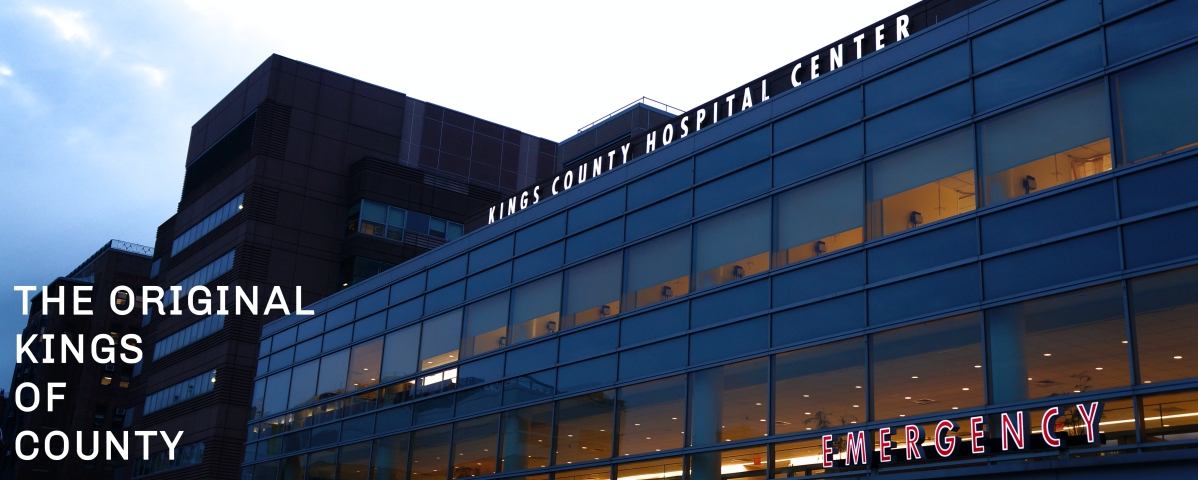Dr. Lewis presents today’s Morning Report!
Hypoglycemia
Hypoglycemia: serum glucose of <50 mg/dL, less than 30 mg/dL is considered severe hypoglycemia
Causes
Re Renal
Ex Exogenous Insulin/antihyperglycemics
P Pituitary Insufficiency
L Liver
A Alcohol, Addison’s, Aspirin
I Infection, Insulinoma
N Neoplasm
D Drugs
Medications
Sulfonylureas (glipizide/glyburide): ↑insulin secretion and activity, half-life of most is 14-16 hrs
Meglitinides(prandin/starlix): shorter half-life, risk of recurrent hypoglycemia is unknown
Biguanides(metformin)→ enhance effect of insulin without increasing secretion
Symptoms
- Early: Catecholamine release → Adrenergic = tachycardia, irritability, diaphoresis, paresthesias
- More severe or prolonged hypoglycemia → Neuroglycopenia → ms changes including confusion or bizarre behavior, lethargy, or coma, focal neurologic deficits
Management
IV Glucose
- Adults: 0.5 to 1 g/kg, 1 amp of D₅₀ = 50 cc of 50% dextrose in water = contains 25 g of glucose = 100 calories, lasts 15-30 mins, after 30 mins feed or D₁₀W
- Child: D₂₅ 2 cc/kg, Neonate: D₁₀ 2-4 cc/kg
- Caution: pts that can produce insulin via glucose-stimulated insulin release (nondiabetics or type 2 DM) repeated dextrose →recurrent hypoglycemia
- 1 L D5W at 100mL/hr = 20 cal/hr (5 skittles/hr), 1 L D10W at 100mL/hr = 40 cal/hr (10 skittles/hr)
Glucagon
- Stimulates cAMP →promotes hepatic glycogenolysis and gluconeogenesis
- 1 mg subq or IM repeated q20 mins, requires ≥15 mins for onset of action, associated with vomiting
- may be ineffective in pts with depleted glycogen stores, stimulates insulin release from the pancreas → prolonged hypoglycemia in settings such as sulfonylurea ingestion and insulinoma
Octreotide
- Synthetic somatostatin = inhibit glucose-stimulated β cell insulin release, half-life of 72 minutes, duration 6-12 hrs, peaks at 20 mins
- Sulfonylurea-induced hypoglycemia
- IV/subq suggested dose is subq 50-100 µg q6hrs, IV 100-125 µg/hr after 2nd episode of hypoglycemia
- Fewer episodes of recurrent hypoglycemia
Special consideration
- Pts with sulfonylurea/meglitinide related hypoglycemia after initial control with D₅₀→ feeding or octreotide, routine dextrose infusion should be avoided b/c it causes glucose stimulated insulin release
Disposition
- Diabetic on therapeutic doses of insulin with hypoglycemia after missed meal /metformin→ d/c after 4-6 hr observation
- All hypoglycemia related to sulfonylurea use/lantus → admit
References
Goldfrank’s Toxicologic Emergencies, 10eRobert S. Hoffman, Mary Ann Howland, Neal A. Lewin, Lewis S. Nelson, Lewis R. Goldfrank
Jay Khadpe MD
Latest posts by Jay Khadpe MD (see all)
- Morning Report: 7/30/2015 - July 30, 2015
- Morning Report: 7/28/2015 - July 28, 2015
- IN THE STRETCHER INSTEAD OF BESIDE IT - July 22, 2015
- Morning Report: 7/14/2015 - July 14, 2015
- Morning Report: 7/10/2015 - July 10, 2015

Severe hyoglycemia (can be considered an “H” in the “Hs/Ts”) resulting in neuroglycopenia MAY lead to PEA arrest. It not a typical cause of cardiac arrest and it not often described in the literature, but I have seen one case where hypoglycemia was a likely culprit, only discovered after a post-intubation/resuscitation blood gas…..